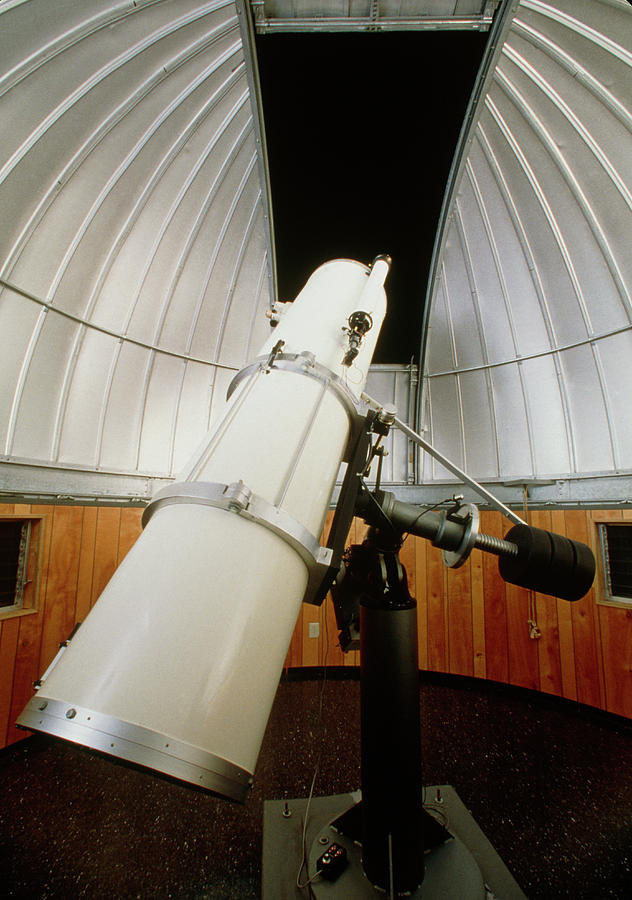


Unfortunately, these screws were “just” long enough to have the tips pop through the dowels on the inside. I used 1” drywall screws (I already had a big box of them) to hold things together. They are a little heavier, but they would be a bit more forgiving from the standpoint of getting things lined up and getting holes drilled. That worked pretty well, but if I had that to do to over I would probably use ¾” square dowels instead. I used pieces of ½” square dowels to join the seams together. But, DO look over what is there, because you’ll probably want your solar projector to look as nice as possible and some of it can be pretty warped and “rough”. If you pick and chose from what you find there, you can score some really nice, clear material and is also flat (that greatly improves the finished product). The material is pretty cheap in 2’x2’ or 2’x4’ pieces at the big box stores. I build the main enclosure out of ¼” plywood. It is very simple to do and the clamp holds it nice and tight. I stretched my rear projection material on a 7” embroidery hoop. The material is mounted so that the image is projected on the “dull finish” side and is viewed from the “shiny” side. I chose the most transparent one in the sample kit (the others seemed way too dense).
#Homemade sun spotter telescope plus#
As it turns out, at that site, you can also buy a “sample pack” of about a half dozen 8½ x 11 inch sheets of different types of films for about $4 plus shipping. I had no way of knowing which material would be the best for my application but I knew I didn’t need a very big piece (~8” square). If you know what you want, they can supply a piece of any of their material cut to any size you want…at a reasonable price. The article calls out a good source for the rear-projection screen material: Carl’s Rear ProjecKon Film”. Then I ran across an article where the writer used rear-projection screen material. It “might” have worked if he had used a finer grit sand and had a more controlled method for spraying. The image was too fuzzy and “sparkly” but that the idea may not have been as half-baked as it may seem. The resulting finish on the glass was much too coarse. I asked a friend with a sand-blasting machine to see if he could create something “like ground-glass”. It “seemed” like it would be easy, but after a number of hours spent hand-grinding a piece of window glass, all that I had gained was an appreciation of why the professionally ground glass was so expensive! I found the cost of “professionally-produced” ground glass screen to be completely out of the question, but I did find a video about making your own ground-glass slides. If I could make that work, I could, perhaps, finally take pictures without having to deal with interference from that pesky eyepiece.

I found a number of solar projector designs that projected the image onto a “screen” so that it could be viewed from the rear. Clearly, this still wasn’t the best solution.so, back to the shop! And it that wasn’t bad enough, the wind would flip the draped cloth around making it sort of hassle to get it positioned for the desired shade.Īnd, with the eyepiece positioned along the unit’s center-line, I could not get a good angle for taking photos. That helped the contrast issue, but its weight through off the “balance point” causing the annoying “sag” to return. I purchased some black felt to drape over the unit to act as a sun shield. (If you compare the photos of the two versions, you can actually see how much less contrast there was with the second version). I should have realized this earlier, but by spreading the incoming light over an area about 3 times bigger in diameter made the image about 9 times dimmer! The poor contrast due to the light coming in from the sides made it more difficult to pick out the sunspots. I experimentally found a point where I could place the tripod mount to pretty much eliminate that problem. I addressed the problem of the unit being “rear-heavy” on the new unit by adding two 1x2 rails running from front to back. If, once you centered the unit on the Sun, you didn’t tighten the grip on the tripod tightly enough the unit would slowly sag to the rear, causing the sun to slowly “slide off” the top of the screen. One problem that the first design had was that it was very “rear-end-heavy”. By extending the overall length of the device to 24”, I was able to increase the image to just a bit over 4”. I decided to try increasing the image size by increasing the projection distance. We seem to have had a bumper crop this year. Long after the eclipse was over, I continued using my solar projector to look at sunspots.


 0 kommentar(er)
0 kommentar(er)
